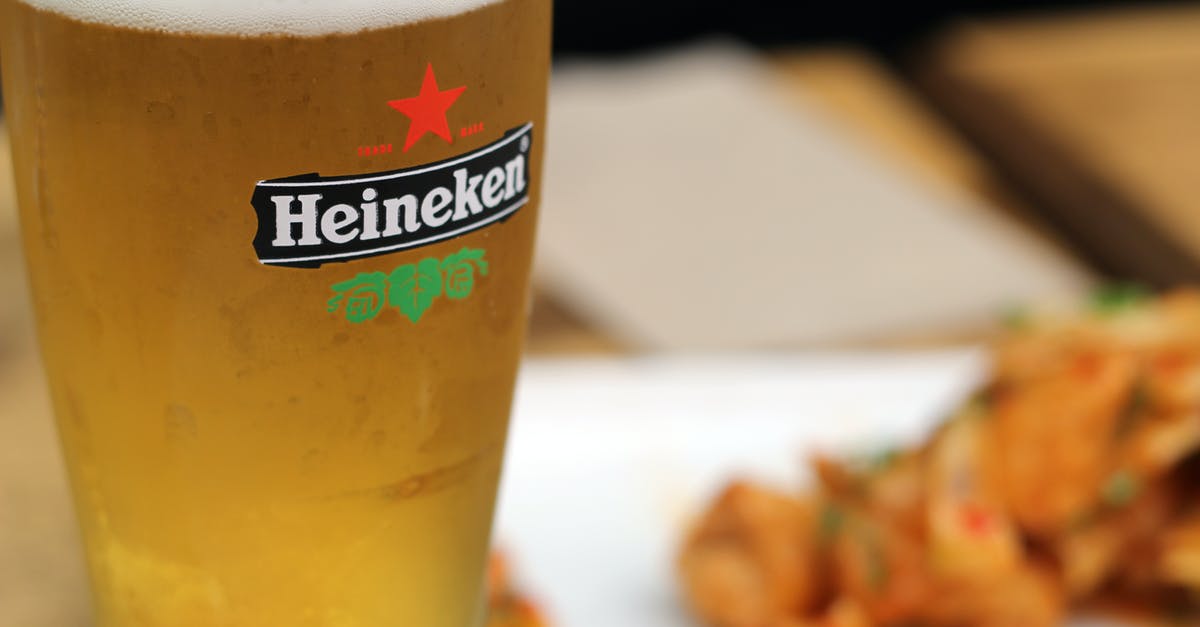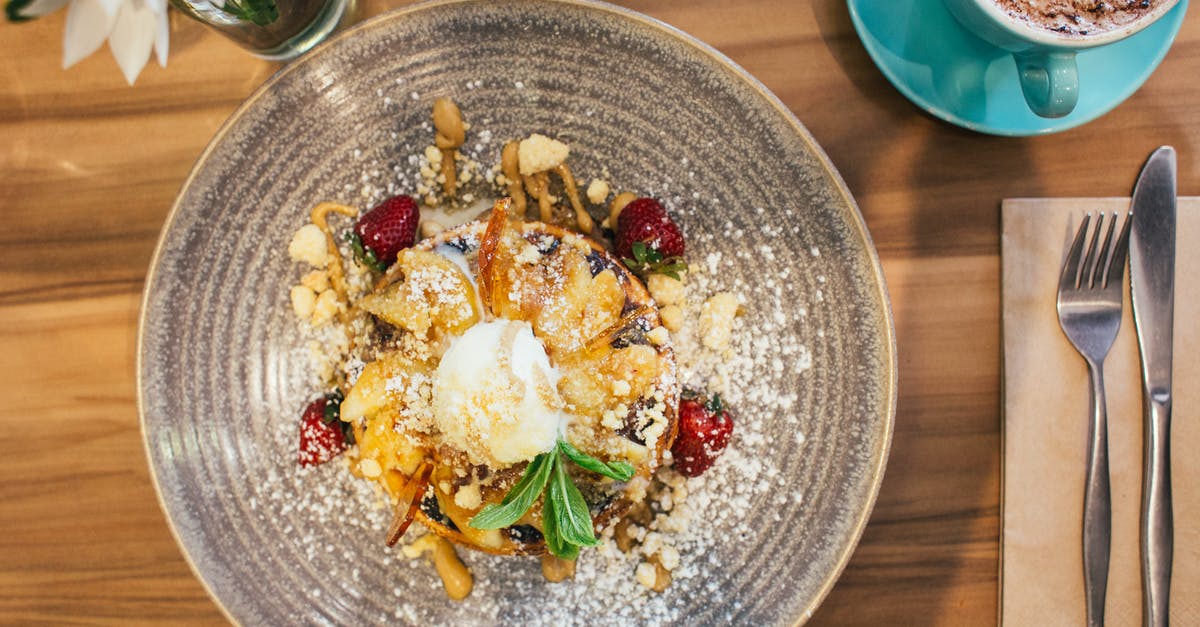Bagels - Use of Barley Malt Syrup or Non-Diastatic Malt Powder

When using a water bath for bagels what is preferred to attain the nice brown exterior, Barley Malt Syrup or Non-Diastatic Malt Powder? I see recipes that use either one. What would be the difference in the finished bagel? Will either one effect the texture?
Best Answer
First, it depends on whether your malt syrup is diastatic or non-diastatic. (Diastatic contains active enzymes; most syrups are non-diastatic because the process to create syrups usually involves heat that destroys the active enzymes. However, this is not universally true.)
Diastatic malt's active enzymes help convert starch into sugar. Some bread or bagel recipes use diastatic malt to speed rising (by converting some starch to sugar quickly to give food to the yeast), as well as to condition the dough and soften the crumb somewhat. The extra rise can also sometimes lead to a lighter result, and the extra sugar can lead to more flavor and good color. One has to be careful about adding too much diastatic malt to a dough, because it can weaken it too much and produce a "gummy" texture. Bagels would likely end up flat and/or with an "undercooked" texture.
Non-diastatic malt is just used for flavor and color. It has no active enzymes, just a malty flavor which is generally more pronounced than diastatic malt products, due to additional roasting and concentration of flavors not possible at lower temperatures when trying to keep enzymes around in diastatic malt.
A little bit of diastatic malt can be useful in bagel dough. It will affect texture as well as giving sweetness and color. Non-diastatic malt (in powder or syrup form) is just about giving sweetness and promoting color. If you're adding malt to the water to boil bagels, there's no point in using diastatic malt, since the boiling will destroy the enzymes. If it's all you have on-hand, however, it can still give a malty flavor and promote color when used in larger quantities.
If both of your options are non-diastatic, there's not a huge difference between powder and syrup. Powder's a bit easier to handle for dough; the syrup is notoriously sticky. But syrup is sometimes easier to dissolve if you're using it in boiling water. The more important difference may be in flavor: you specifically mention "barley malt syrup" vs. generic "malt powder." Some malt powders are made from other grains and may not have the sweetness or complex character of barley malt. The composition of the malt and its specific flavor (which might be developed in different roasting techniques, even if the same grain is used) can have a greater impact than whether one chooses malt powder vs. syrup. I do believe, however, that malt syrups often have a darker roast than non-diastatic powders, so that may be useful for more color (especially in the boiling step). Unless you're buying specialty "dark" malt powder, that is.
Also, the quantity used is most important: in bagels, the contribution of malt to the flavor is usually relatively small (though some would say essential). Unless you're using a lot of malt, you probably won't notice a significant difference between the types of non-diastatic malt in terms of flavor, texture, etc.
Pictures about "Bagels - Use of Barley Malt Syrup or Non-Diastatic Malt Powder"



Quick Answer about "Bagels - Use of Barley Malt Syrup or Non-Diastatic Malt Powder"
It will affect texture as well as giving sweetness and color. Non-diastatic malt (in powder or syrup form) is just about giving sweetness and promoting color. If you're adding malt to the water to boil bagels, there's no point in using diastatic malt, since the boiling will destroy the enzymes.Can you use barley malt powder for bagels?
Malt syrup, a sweetener, gives bagels their characteristic flavor. It can often be obtained from the same sources where you'll find high-gluten flour. At natural food markets, it might be called barley malt syrup. Malt powder is fine too.What kind of malt do you use for bagels?
(The punchline: \u201cA stick.\u201d) Now that I make my living as a cooking curmudgeon, the first answer that comes to mind is barley malt syrup, the ingredient that makes bagels bagels. Barley malt syrup is the stickiest substance I have ever personally encountered.Can I use barley malt syrup instead of Diastatic malt powder?
Barley malt syrup Substitute: For bagels, try brown sugar or non-diastatic malt powder in the dough and honey in the boiling solution (equal parts by weight). Or, you could use 0.8 gram diastatic malt powder for every 1 gram barley malt syrup in the dough.Do you need Diastatic malt powder in bagels?
All-purpose flour will work for this recipe, but not as well as the bread flour. Malt Powder \u2013 without the malt powder the bagels will taste like regular bread in the shape of a bagel. Diastatic malt powder is made from sprouted then quickly dried grain (barley or wheat), which is then ground into a powder.Diastatic Malt Powder? Every Baker's Secret Weapon | WTF - Ep. 147
More answers regarding bagels - Use of Barley Malt Syrup or Non-Diastatic Malt Powder
Answer 2
For home cooked bagels, save the malt for the dough, about a tbsp for 4 bagels works for me or 270 g flour 150 g water, and just put a tsp or two of baking soda plus a tbsp of salt in the water bath. I do 15 sec on each side, no more no less. Just made a batch this morning but had to leave out the malt (use malted milk in a pinch), but adding other flavors to the dough (onion powder, garlic powder, fennel seed) is magical. Enjoy!
Sources: Stack Exchange - This article follows the attribution requirements of Stack Exchange and is licensed under CC BY-SA 3.0.
Images: Ion Ceban @ionelceban, Mehran B, 42 North, Rachel Claire
